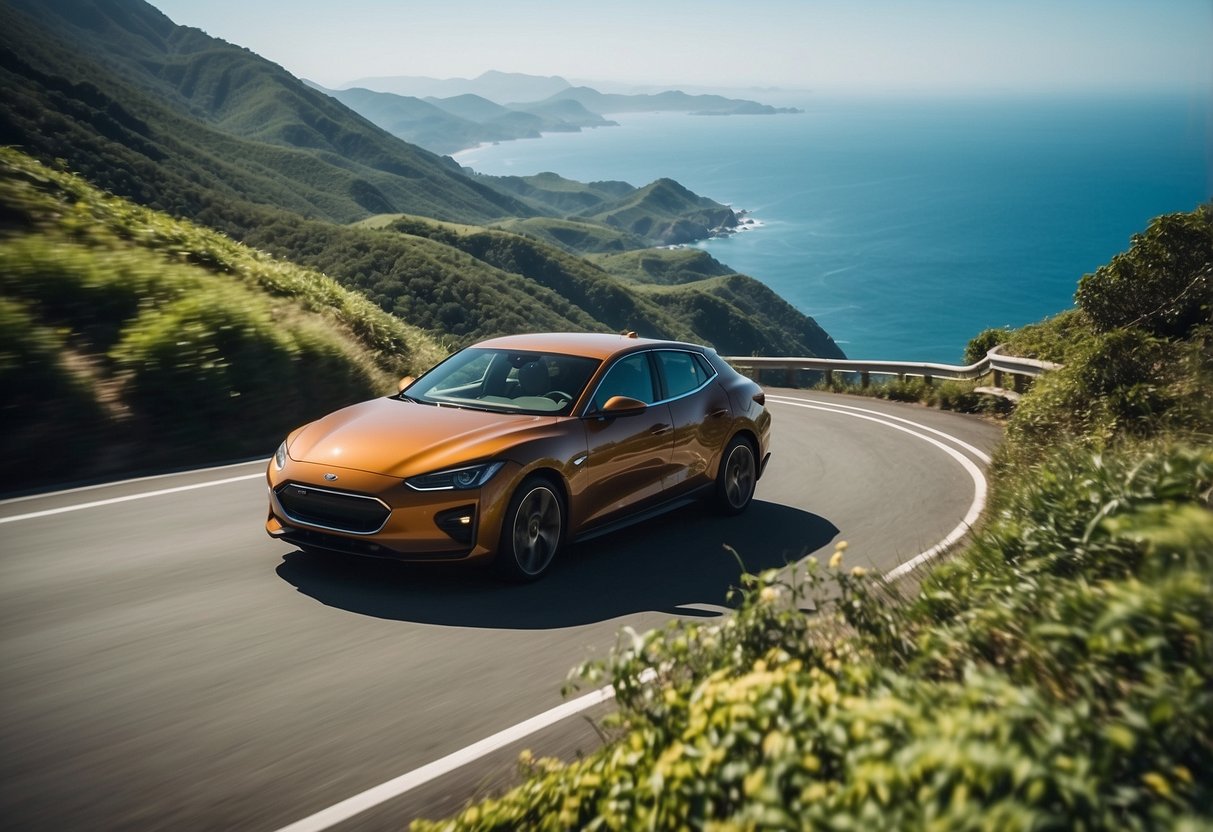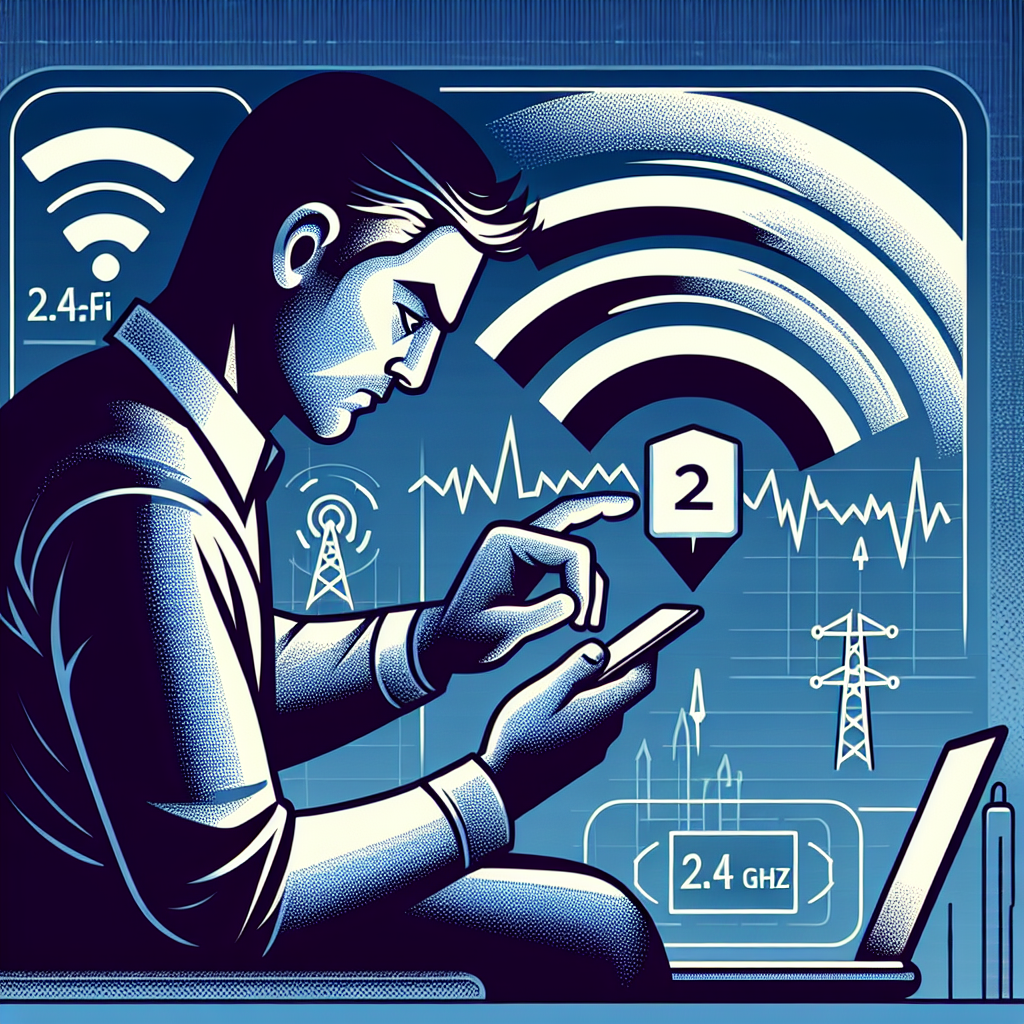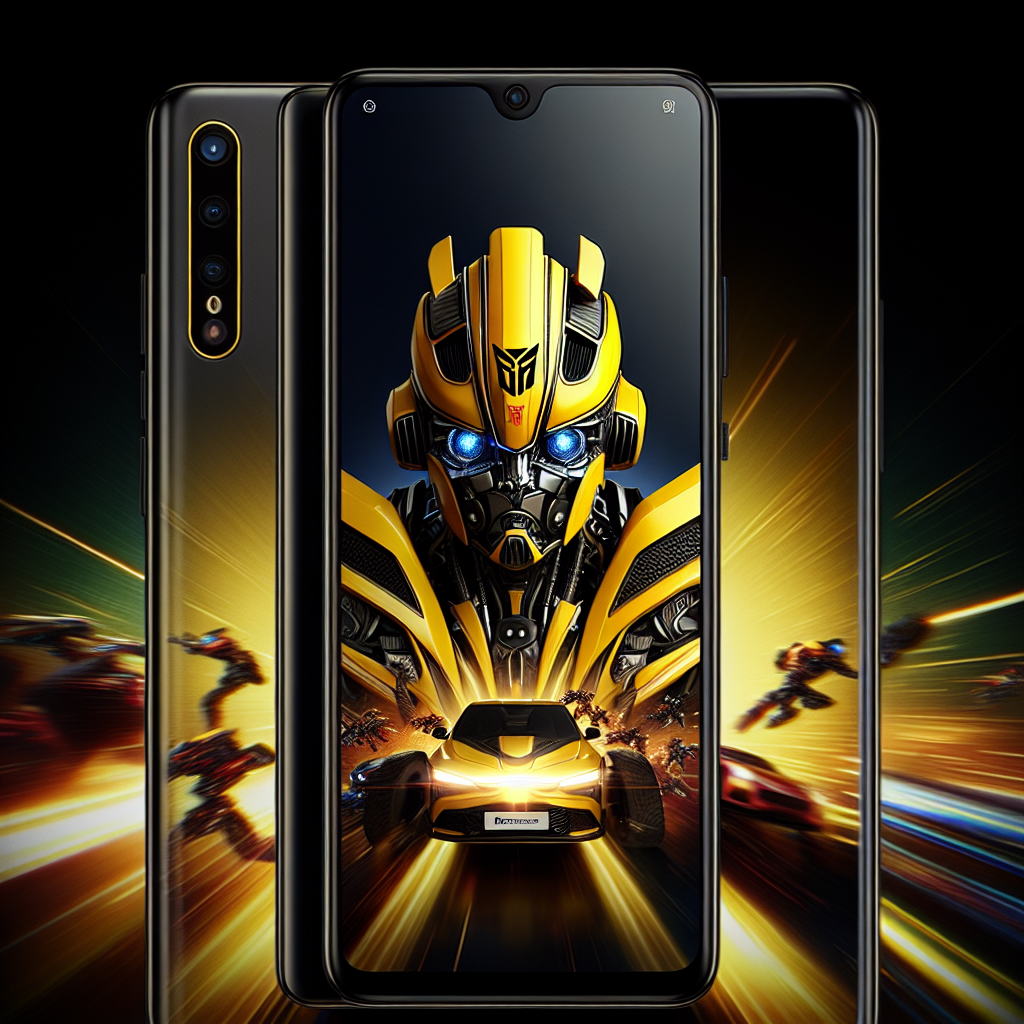Understanding DC Charging for Electric Vehicles: A Detailed Guide
As electric vehicles (EVs) continue to gain traction as a sustainable mode of transport, understanding DC charging becomes essential for users and industry stakeholders. This article delves into the intricacies of DC charging, addressing key questions and concerns for both current and prospective EV owners.

What is DC Charging?
Direct Current (DC) charging refers to a method of supplying electrical energy to an electric vehicle (EV) directly from a charging station. Unlike Alternating Current (AC) charging, which requires an onboard charger to convert AC power to DC for battery storage, DC charging delivers high voltage direct current directly to the vehicle's battery, enabling faster charging times.
How Does DC Charging Work?
DC fast charging stations convert AC power from the grid to DC power on-site, allowing them to bypass the vehicle's internal charger. When you plug in your EV to a DC fast charger, the charging station communicates with the vehicle's battery management system to deliver the correct voltage and current. This process allows for a significantly quicker energy transfer, often charging a vehicle from 0 to 80% in just 30 minutes.
What Are the Benefits of DC Charging?
- Speed: The primary advantage of DC charging is its rapid charging capabilities. This is ideal for long-distance travelers who need to recharge quickly during their journeys.
- Convenience: With technology evolving, many networks offer high-capacity DC charging stations at strategic locations, facilitating easier access for EV users.
- Extended Range: Proper use of DC charging can effectively extend the driving range of EVs, allowing for longer trips with fewer charging stops.
What Types of DC Chargers Are Available?
There are various types of DC fast chargers, which can be categorized by their charging standards:
- CHAdeMO: This standard originated in Japan and is widely used by Nissan, Mitsubishi, and Toyota EV models. It allows charging speeds of up to 62.5 kW.
- CCS (Combined Charging System): CCS has gained popularity in Europe and North America, supporting charging rates up to 350 kW. Many automakers like BMW, Ford, and Volkswagen adopt this standard.
- Tesla Supercharger: Tesla’s proprietary DC fast charging network is designed specifically for their vehicles, often delivering up to 250 kW, making it one of the fastest options available.
How Fast Can DC Charging Recharge an Electric Vehicle?
The speed of DC charging can vary based on several factors:
- Charging Station Power Output: The maximum output capacity of the charger is crucial. For instance, a 50 kW station will charge an EV significantly slower compared to a 150 kW or 350 kW station.
- Vehicle Battery Size: Larger battery capacities will take longer to charge, despite the power output of the charging station.
- State of Charge: Most EVs charge more slowly as they approach full capacity, typically slowing down after 80% to protect the battery.
Where Can You Find DC Charging Stations?
DC charging stations are primarily located along highways, in urban areas, and at major retail locations. Numerous apps and websites provide maps and real-time updates on charging station availability. Popular networks include ChargePoint, EVgo, and Electrify America, which have installed thousands of DC fast charging points across the continent.
Is DC Charging Suitable for Home Use?
While DC charging is efficient for rapid-refueling scenarios, it is less common for residential use due to cost and infrastructure requirements. Home chargers generally use AC power, making them more practical for overnight charging. However, as technology advances and costs decrease, the inclusion of DC charging in residential areas may become more feasible.
What Should Electric Vehicle Owners Consider When Using DC Chargers?
When utilizing DC charging, it's important for EV owners to consider:
- Compatibility: Ensure your EV supports the charging standard of the station. Check your vehicle specifications for the supported type (CHAdeMO, CCS, Tesla Supercharger).
- Charging Network Membership: Some charging networks require membership or payment apps. Familiarize yourself with their terms to avoid inconvenience.
- Billing Rates: DC charging typically costs more per kilowatt-hour than AC charging, particularly for fast-charging options. Always check the rates and how they apply to your vehicle.
Conclusion
Understanding DC charging for electric vehicles is essential for optimizing your EV ownership experience. With the ability to charge quickly and efficiently, DC fast charging opens new horizons for long-distance travel and convenience. Awareness of the types, benefits, and considerations of DC charging will enable EV users to make informed decisions and enhance their electric vehicle experience.
New posts

How Cities Are Adapting to Electric Vehicle Charging: Innovations and Strategies
Sustainability

Emerging Trends in Electric Vehicle Charging Standards: What to Watch for in 2024
Sustainability

The Future is Bright: EV Charging and Home Solar Panel Integration Explained
Home Improvement

Shaping Tomorrow: The Future of Bidirectional Charging for Electric Vehicles
Sustainability

Innovative EV Charging Startups Revolutionizing the Future
Startups

Understanding EV Charging Networks in Europe: A Comparative Analysis
Electric Vehicles

Choosing the Perfect EV Charger for Your Vehicle: A Comprehensive Guide
Home Improvement

The Role of Energy Storage Systems in EV Charging Setups
Sustainability

Essential Steps for EV Home Charging Installation
Home Improvement

Top Solar Panels for EV Charging: The Smart Choice for Eco-Friendly Drivers
Electric Vehicles
Popular posts

How to Reset Your EV Charger: A Comprehensive Guide
Home Improvement

EV Charger Firmware Updates: What You Need to Know
Firmware-Updates

Exploring the Latest EV Charging Station Design Trends
Technology Trends
DIY Guide to Installing a Wallbox: A Step-by-Step Approach
DIY

Future Trends in Public EV Charging: What to Expect in the Coming Years
Sustainability

Understanding the Difference Between AC and DC Chargers: Key Insights
Energy Efficiency

Insights from the Frontline: Interviews with EV Charging Industry Experts
Interviews

The Future of EV Charging Stations and Smart Grid Integration: Transforming Energy Management
Sustainability

Breakthroughs in Wireless EV Charging: The Future of Electric Mobility
Innovation

EV Charging Myths vs Facts: Debunking Common Misconceptions
Sustainability